I didn’t love my first-ever Australian fashion week show.
And yes, I’m aware that women who complain about attending fashion shows deserve only the world’s tiniest violins. Stay with me.
It was 2009, and back then fashion week was a strictly industry-only event. There were no influencers and no Instagram. Instead, the front row was packed with actual print magazine editors, several of whom really did wear dark sunglasses inside.
I worked in the features department of a fashion magazine at the time, and I was excited to be there – until the models appeared. They wore pale make-up, frozen expressions, tiny white dresses and long, fluffy hair. They were also extraordinarily thin.
It wasn’t glamorous or exciting; it was confronting. With their all-white outfits and long frizzy hair, they looked less like fashion models – or at least my vision of them – and more like a procession of dazed and semi-starved patients escaping a Victorian-era asylum in slow motion. An Angel At My Table, but make it fashion.
I’d been working on magazines long enough to know that models were generally pretty thin, but I hadn’t realised quite how thin until just that moment.
I watched a video of that show this week, and realised you would never see a show like that today. A show featuring exclusively white, exclusively rail-thin models.
You would never see a show like that today. A show featuring exclusively white, exclusively rail-thin models.
This year Afterpay Australian Fashion Week opened with a smoking ceremony and a Welcome to Country – only the second in the event’s 26-year history – and the first show was Bianca Spender, who cast models of all ages, ethnicities and body types.
The next day, Oroton did exactly the same thing, and unlike previous years where a curvy or older model was cause for hysterically excited headlines, it basically went unremarked upon.
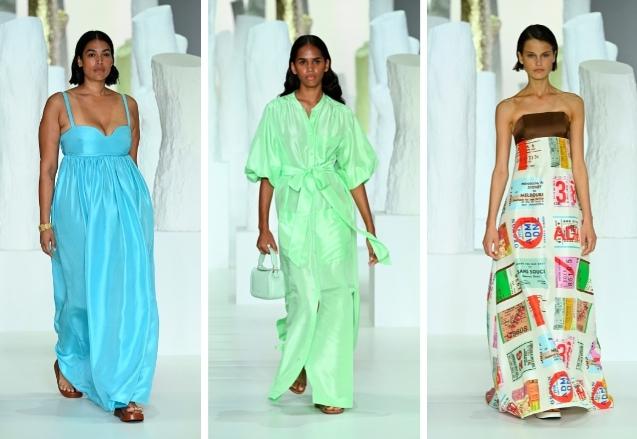
Not every designer at fashion week cast size-diverse models (there were a few notable exceptions) and some only featured one or two. But every show included models of varying ethnicities, and the schedule also included a curve show and an adaptive fashion event, featuring garments deigned for people with disabilities. In short, fashion week wasn’t perfect, but it is undeniably undergoing real change.
And that matters. First Nations designer Bobbi Lockyer showed her debut collection for label Gantharri at fashion week yesterday and told PRIMER. “I always wanted to be a fashion designer, since we were kids. But I didn’t feel like the right person for fashion. I was never the right size and I never saw anyone who looked like me.”
For years, the power of the fashion industry was fed by a sense of exclusivity. Its business model was more or less built on elitism, with only a select few gatekeepers invited to attend fashion week and in turn translate trends to a wider audience.
Today, that elitism has given way to a new era of inclusivity – more events are open to the public, the models are diverse, and the whole week is more accessible to new designers. For an industry based on creativity and collaboration, opening up to a wider spectrum of people and ideas can only be a good thing.
What fashion week attendees wore
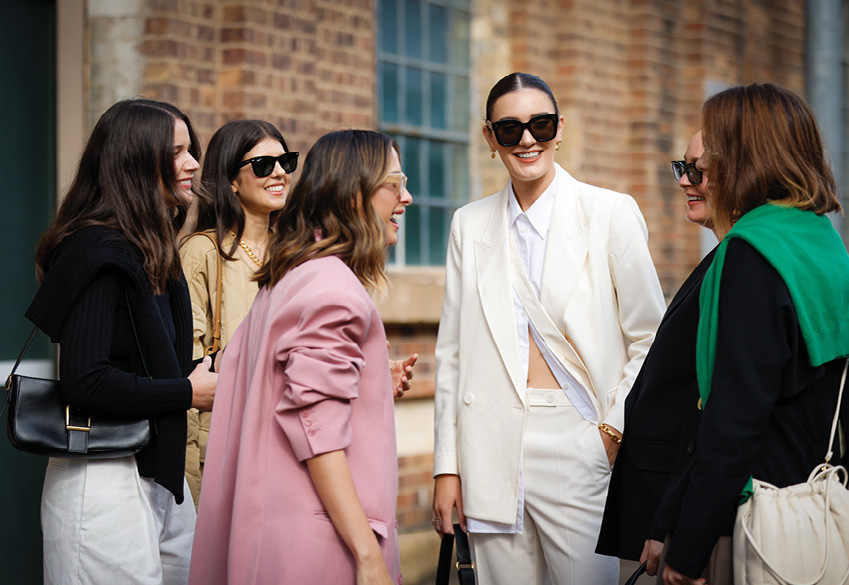
There are always two kinds of style on show at fashion week: what people are wearing now (street style) and what they’ll be wearing next season (runway).
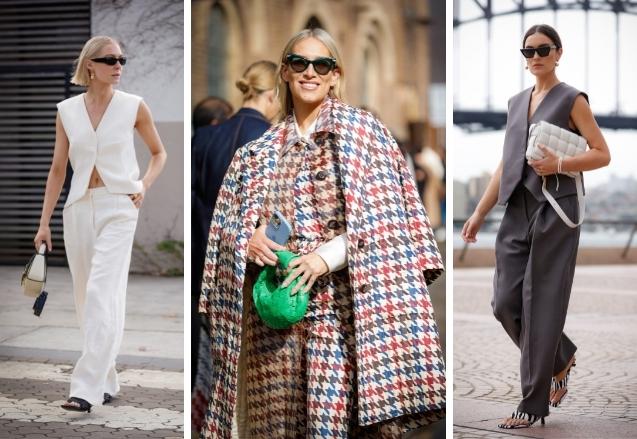
And what people are wearing right now can be summed up in one word: tailoring. The fash pack turned up en masse in blazers, big shoulders and even three-piece suits. And the colour palette? Anything other than black (which doesn’t translate well on Instagram, darling).
This Camilla & Marc suit, in particular, made a few appearances throughout the week.

What was on the runway
After several years of lockdown and closed borders, the fashion world – like most of us – is ready for some escapism and fun.
The schedule opened with Bianca Spender, who showed a joyful array of sexy, liquid-looking silk dresses, followed by Gary Bigeni, who returned to fashion week after five years, and whose colourful collection was equally upbeat.
Travel was a recurring theme throughout the week. Oroton sought to take its audience “on a nostalgic journey from a secret garden to the seaside and back”, and Sophie’s Holt’s collection of flowing printed dresses, prim sixties-style mini dresses and stripy beach cover-ups certainly seemed designed to be packed for the Amalfi Coast holiday we’d all like to be on right now. Think The Talented Mr Ripley meets your dream garden party.
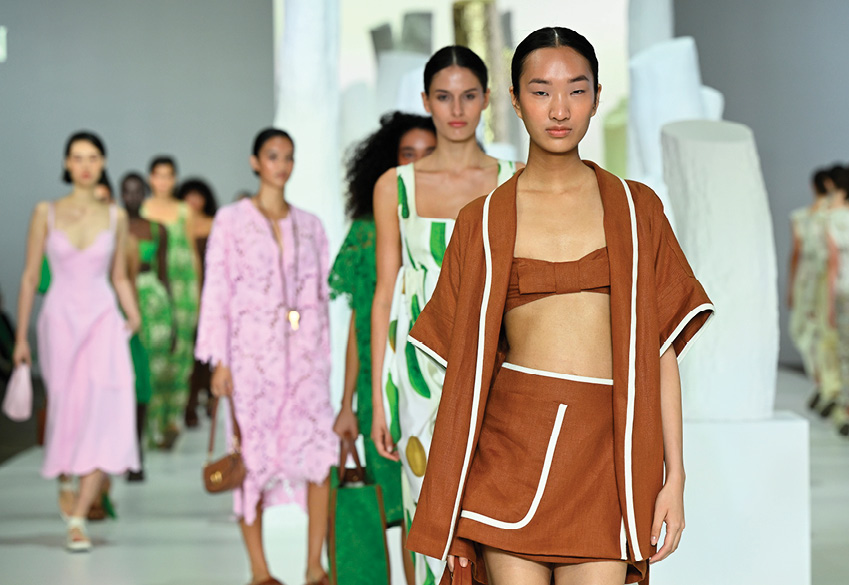
New Zealand designer Wynn Hamlyn took the travel theme literally with a collection called ‘Departure Lounge’, while Matteau’s always chic swimwear and tailoring was set against a backdrop of palm tree leaves.
Silk slip dresses were everywhere you looked, and so were bare backs (a promising sign that midriff cut-outs may be on the way out?) and relaxed tailoring was as popular on the runways as it was for the street style crowd milling around outside Carriageworks.

The other big trend? Decadence. Glitter and sequins sparkled their way into plenty of shows, including that of AJE, which showed a chic collection called Sculptura, featuring jolts of acid yellow, plenty of pastel pink and several chic trouser and top combos, not to mention fringing, glass beading and textural pleating.
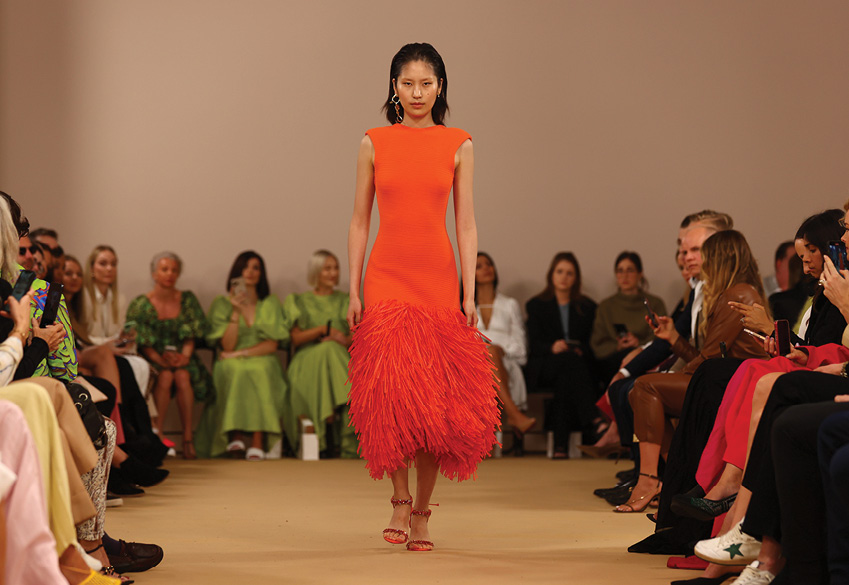
“I think in general our customer is telling us wants to have fun,” AJE’s co-founder Adrian Norris told PRIMER after the show. “She’s ready to go out she’s ready to have fun. It’s what happening in the world. Everyone’s talking about that joy that’s coming through in clothing. Hemlines are getting shorter, sparkles are getting bigger, and colours are getting brighter.”
Fun. Now, there’s a fashion mandate we can all get behind.




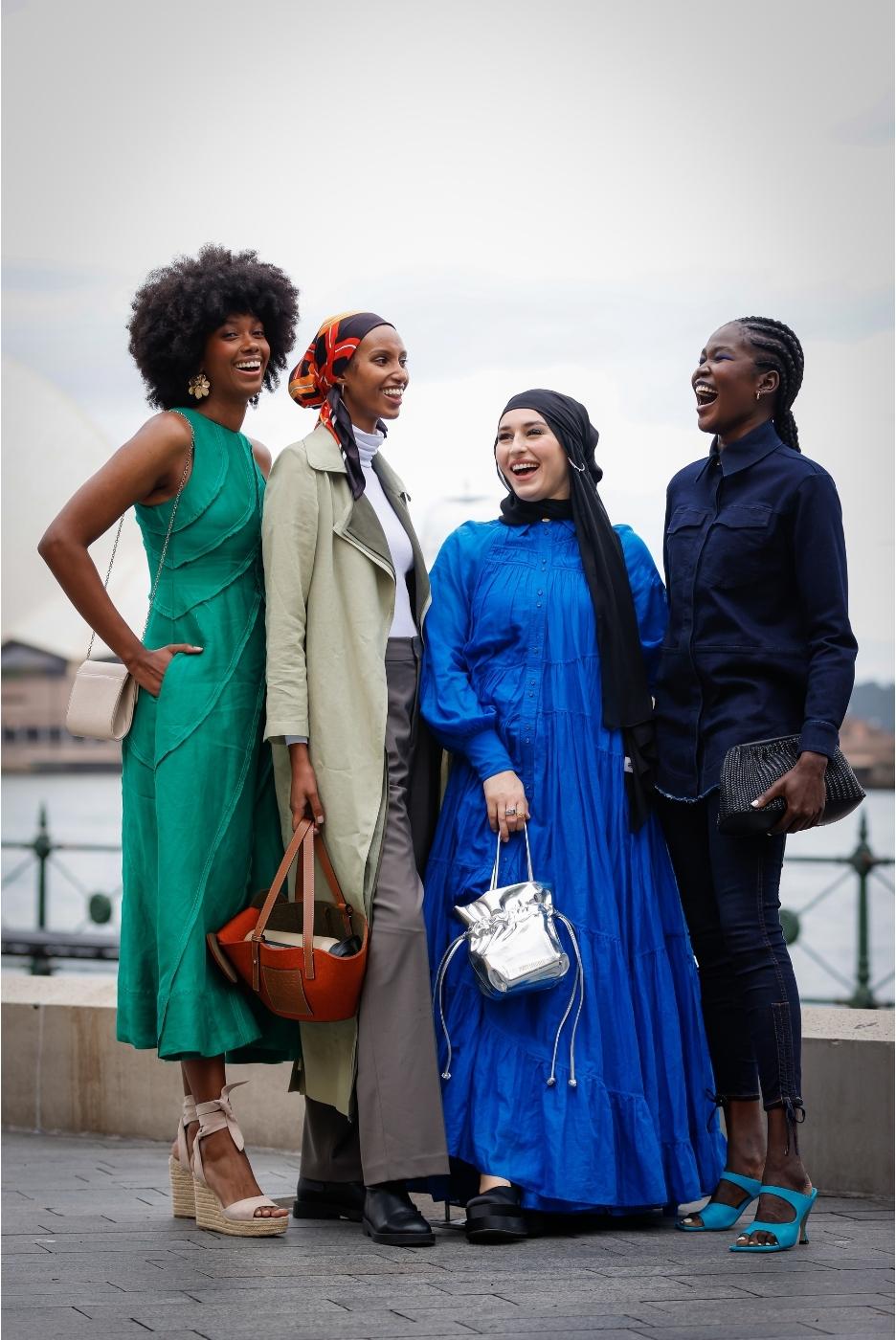
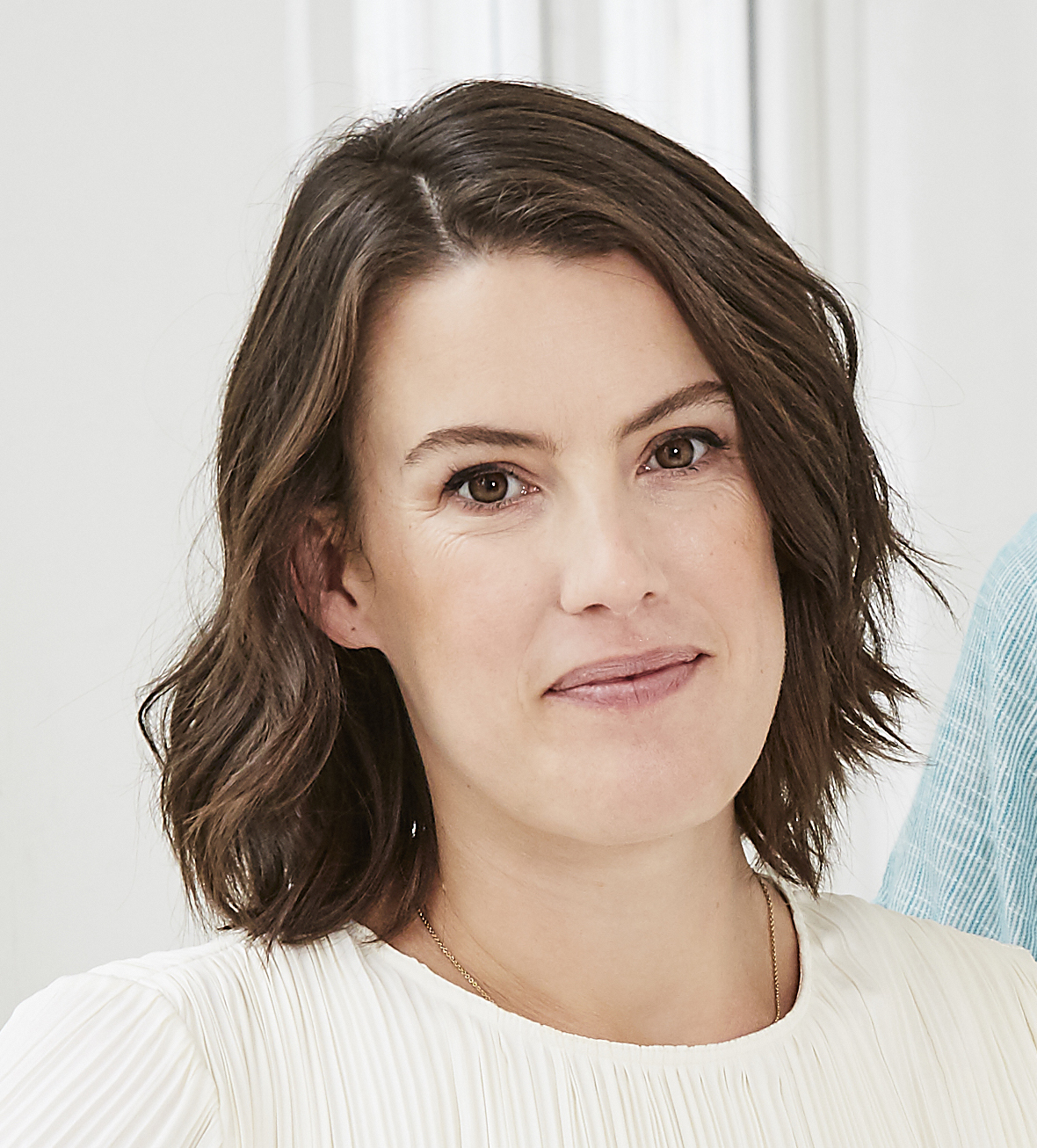

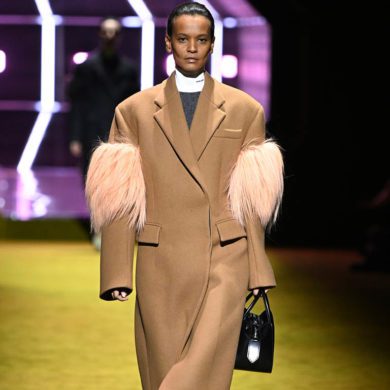
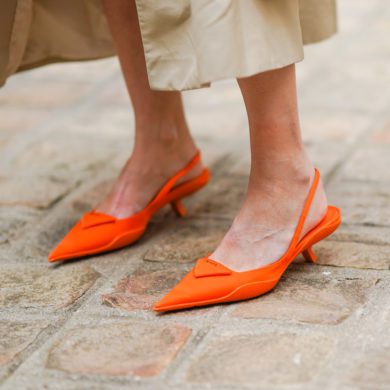
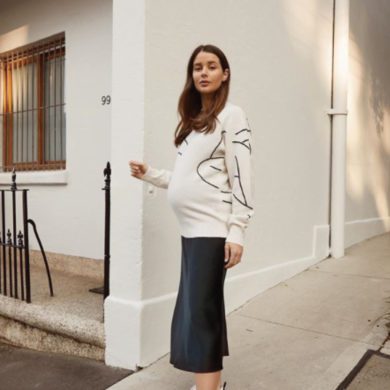


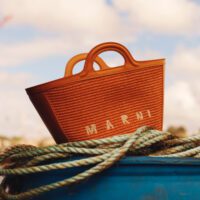
No Comments